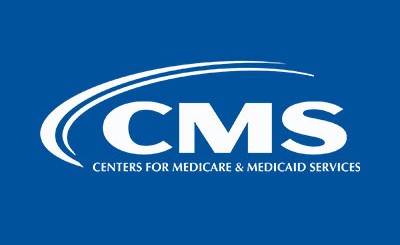CMS releases several major policy changes and expanded roles for states in its Proposed NBPP for 2019

At the end of October, the Centers for Medicare & Medicaid Services (CMS) released its annual Proposed Notice of Benefit and Payment Parameters (NBPP) for 2019 (along with accompanying guidance, including a Draft 2019 Actuarial Value Calculator). As in past years, the NBPP for 2019 addresses a breadth of issues related to health plan regulation, Exchange operations (including financial parameters), and premium stabilization programs. However, as the first NBPP released by the new administration, the direction of this year’s NBPP is a stark departure from prior years. The stated goals of the NBPP are to increase state flexibility, decrease regulation of insurance plans, and improve program integrity.
The proposed rule includes a combination of typical changes to cost-sharing and user fees along with major direction changes, including:
-
Adjusting the process and options for states seeking to change their Essential Health Benefit (EHB) benchmarks;
-
Eliminating the newly introduced standardized “Simple Choice” plans;
-
Introducing new flexibility in rate review; and
-
Limiting the role of Small Business Health Options Programs (SHOPs).
A major theme to these changes and others is increased flexibility, responsibility, and decisions for states. Under the proposal, states would take on increased responsibilities related to qualified health plan (QHP) certification and monitoring the appropriateness of newly-expanded EHB substitutions. States would also have new decisions to contemplate, including:
-
Whether to select a new EHB benchmark plan, and whether to permit substitutions across EHB categories;
-
Whether to adopt a state-specific threshold for reviewing premium increases, and whether to avail of the flexibility related to rate filing deadlines and posting dates;
-
Whether and how to monitor student health insurance plan rates;
-
Whether to request adjustments to the medical loss ratio rebate threshold in the state; and
-
Whether to request an adjustment to the risk adjustment transfer amount.
To assist regulators across the country to understand how the changes proposed to QHP certification, health insurance regulation, and Exchange operations would impact state markets and state regulation of health plans, PCG subject matter experts have created a summary of notable changes related to those topics. The team also hosted a webinar with over 50 attendees shortly after the release of the Proposed NBPP for 2019. Please email us at HealthPolicyNews@pcgus.com if you would like a recording of the webinar or a copy of the webinar slides.
We welcome states to contact us for more information about the NBPP and to stay tuned for updates on the final rule as well as the 2019 Letter to Issuers in the Federally-facilitated Marketplaces.
